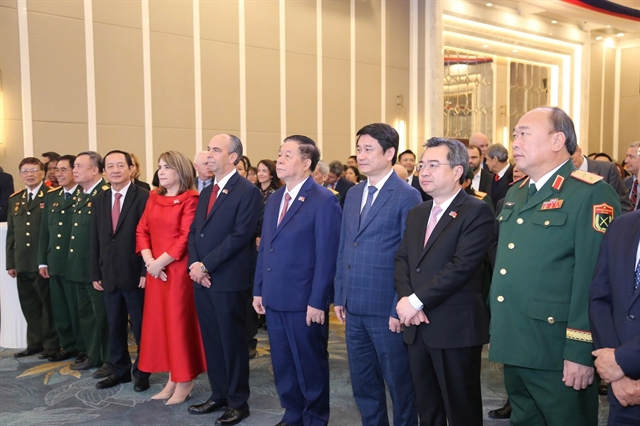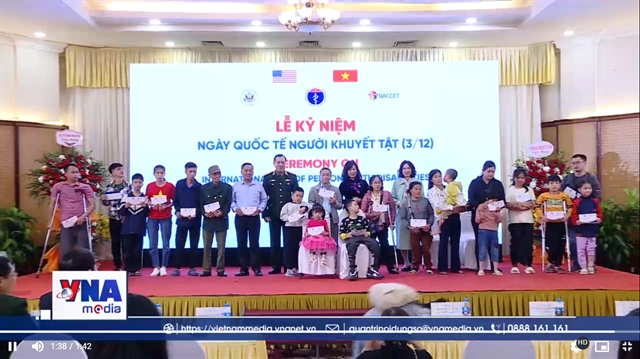 Society
Society
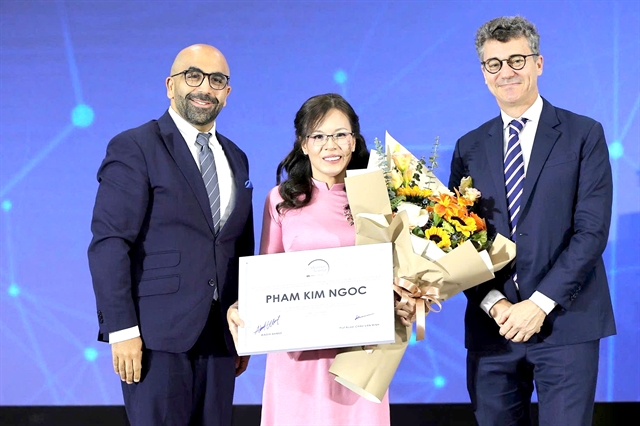
Many experts agree that HCM City authorities should focus on improving public transport before making decisions about limiting vehicles in the inner city.
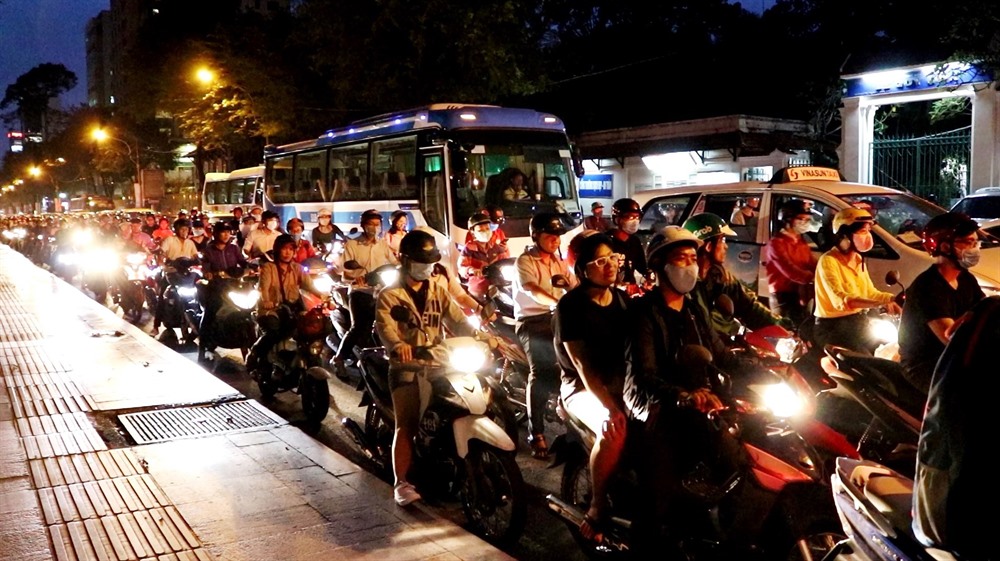 |
| Nguyễn Thị Minh Khai Street in HCM City’s District 3 is often congested, especially during peak hours. More than 90 per cent of residents in the city use motorbikes for transport. — VNS Photo Ngọc Diệp |
HCM CITY — Many experts agree that HCM City authorities should focus on improving public transport before making decisions about limiting vehicles in the inner city.
HCM City’s Việt Nam Fatherland Front on March 1 organised a conference about a draft plan to develop a public transport system (metro lines, bus, taxi, waterbus and urban railway) and limit the circulation of private vehicles (bikes, motorbikes and cars) by 2030.
Nearly 63 per cent of 35,000 people who were surveyed about the plan agreed to limiting inner-city travel only if public transport met demand, according to a recent survey conducted by the Transport Development and Strategy Institute (TDSI) in collaboration with the city’s Department of Transport and district authorities.
The survey was conducted face to face with 30,000 people living in all of the city’s 24 districts and with 5,000 people who were driving through nine traffic hotspots in the city.
Lawyer Nguyễn Văn Hậu, vice chairman of the HCM City Lawyers Association, said the inner-city travel ban should be considered carefully before inplementation.
He warned: “A large number of parking lots will be set up and there will be a high risk of traffic jams near locations where motorbikes are banned.”
The draft describes a number of ways to reduce the usage of personal vehicles and increase the number of public transport passengers, including solutions to reduce traffic congestion and pollution.
By 2020, public transport services would cover 15-20 per cent of travel demand, by 2025, 20.5-26.6 per cent, and by 2030, 29.3-36.8 per cent.
However, Hà Ngọc Trường, vice chairman of the HCM City Bridge, Road and Port Association, said: “These targets are too high. The city is trying to implement a difficult task.”
Last year, 571 million passengers travelled by public transport, a drop of 21 million passengers compared to 2017, according to the city’s Department of Transport.
Public transport services accounted for only about 8 per cent of travel demand last year, of which public buses made up 3.35 per cent of that figure.
Trường said more research was needed to upgrade traffic infrastructure and improve the quality of public transport services.
The city has 8-8.5 million motorbikes and 300,000-350,000 cars in circulation. The number of personal vehicles is increasing quickly and putting pressure on traffic infrastructure.
“The means of public transport must be more diverse. The city should consider investing in mini-buses like jeepneys in the Philippines or tuk tuks in Thailand,” Trường said.
Small buses can access narrow streets and alleys, where 85 per cent of the people in the city live, he added.
Urban planning and population redistribution also play important roles in easeing traffic congestion in the inner city, according to Nguyễn Minh Hòa of the HCM City Urban Planning and Architecture Council.
The city’s centre, covering only 930ha, contains a disproportionately large population compared to other areas.
“It’s necessary to develop at least one to two satellite urban areas to redistribute the population and workforce,” he said.
Phan Thị Hồng Xuân, dean of the Faculty of Urban Studies at the University of Social Sciences and Humanities, said: “The residents’ needs are the most important. Personal vehicles are still the most convenient for driving in crowded city centres.”
“All traffic solutions directly affect 90 per cent of people living in HCM City, so they must be effective,” she said.
The media also plays an important role in raising people’s awareness about the convenience and benefits of using public transport services.
Some solutions include changing work and school hours, collecting parking fees in the inner city, developing waterway transport, and setting up public rental sites for electric motorbikes, Xuân said.
By 2025, the city plans to control the number of personal vehicles in urban areas, and ban the driving of personal vehicles in the city centre.
The city’s budget for developing public buses will be VNĐ9.8 trillion (US$422 million) in the 2019-20 period, VNĐ18.9 trillion ($815 million) in the 2020-25 period, and 23.8 trillion ($1.03 billion) in the 2026-30 period.
For other kinds of public transport, about VNĐ322.9 trillion ($13.92 billion) is expected to be mobilised from Official Development Assistance and private funds. — VNS
 |
| Experts offer recommendations to HCM City on its draft plan to develop public transport and limit vehicular traffic in the inner city by 2030. — VNS Photo Ngọc Diệp |

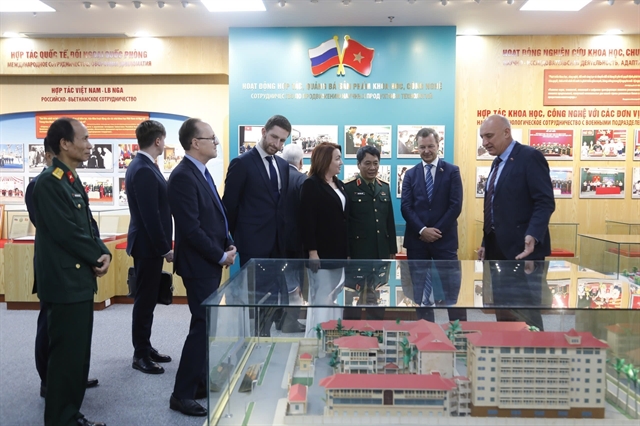
.jpg)
